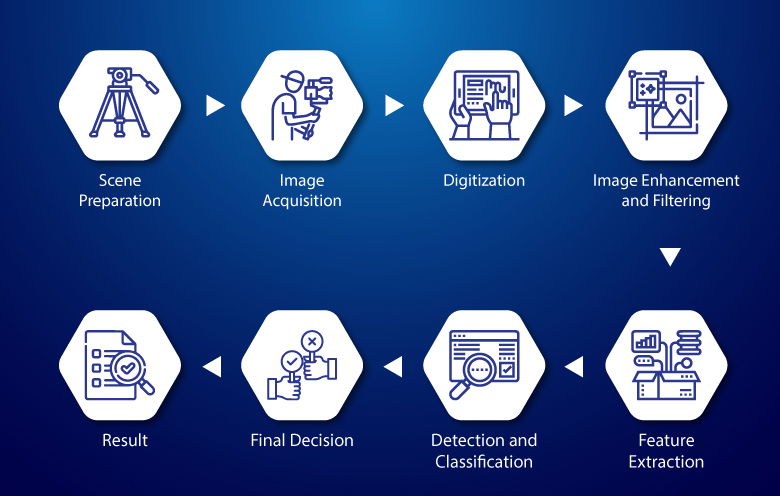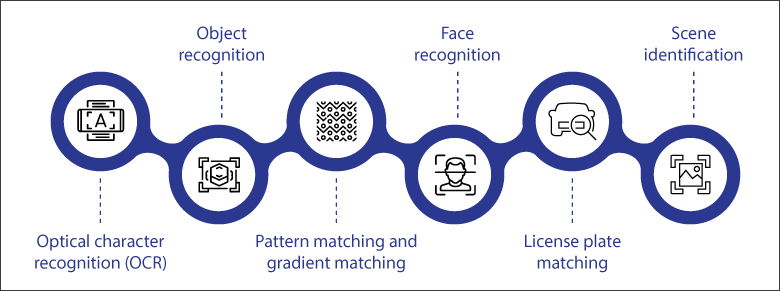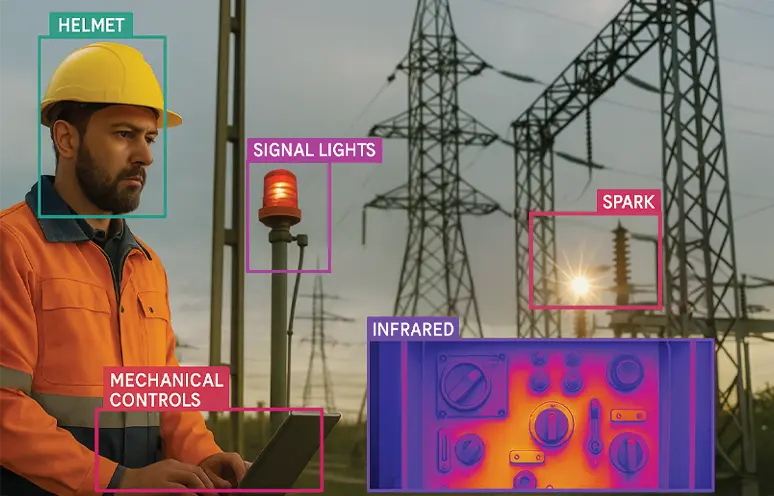Visual content is increasing like never before. Companies can use it to increase operational productivity by automating certain business processes. Consequently, image recognition systems with AI and ML capabilities can be a great asset.
Image recognition systems are used by businesses to understand images better and to process them more quickly. Traditionally, people would manually inspect videos or images to identify objects or features. However, now image recognition apps are key.
Image Recognition Market to Hit $86.32 Billion by 2027 –
GlobeNewswire
What is image recognition?
Image recognition is a subset of computer vision. This technology identifies various digital images, objects, videos, logos, attributes, people, places and buildings. It uses artificial intelligence (AI) and machine learning (ML) algorithms for classification, segmentation, detection as well as tagging images.
Modern enterprises develop image recognition applications to extract valuable insights from images to achieve varying degrees of operational accuracy. AI-enabled image recognition systems include components such as lighting, high-resolution cameras, sensors, processors, software and output devices.
The most common image recognition algorithms are
A few real-life examples of image recognition using artificial intelligence:
- Facebook has built a functionality for visually impaired people to “see” what is in a picture and explain it loudly.
- Pinterest now enables users to search for products of some brands using pictures instead of words without visiting the website.
- Google’s image search provides a similar experience, allowing users to perform a Google search by using an image.
Some use cases of AI-based image recognition
Image recognition in the manufacturing industry
Quality control and anomaly detection
AI-based image recognition applications in the manufacturing industry help in discovering hidden defects and improving product quality during production. Factories can automate the detection of cosmetic issues, misalignments, assembly errors and bad welds of products when on production lines.
Damage to the production floor or equipment can be detected automatically, which can help optimize the factory floor. Besides, constant corrosion monitoring of manufacturing assets like pipes, storage tanks, boilers, vessels and others can take place automatically.
Equipment inventory management
Image recognition acts as an integral part of equipment inventory management. It helps to automatically tag and manage assets by rapidly creating equipment tags and storing them in the cloud database.
This AI solution helps in monitoring asset health and performance in real-time. If the technicians detect warning signs such as smoke, heat, vibration, etc., they can perform equipment maintenance right away to prevent downtime.
Image recognition in the oil and gas industry
Analyzing petroleum geology features
Image recognition applications can support petroleum geoscience by analyzing exploration and production wells to capture images and create data logs. This gives geologists a visual representation of the borehole surface to retrieve information on the characteristics of beddings and rocks.
Maintaining oil rigs
A worker in an oil and gas company might need to replace a particular part from a drill or a rig. By using an AI-based image recognition app, the worker can identify the specific part that needs replacement.
Oil companies can also use remote sensing apps with AI-enabled image recognition capability for constant monitoring and detection of oil slicks, oil rig explosions and tanker accidents.
Detection of a gas leak
Gas leakage can cause major incidents of human injuries, fire hazards, financial losses and environmental damage. Installing image recognition systems with AI capabilities can help businesses avoid accidents at refinery pipelines, fertilizer plants and chemical plants.
Image recognition in the retail industry
Detecting empty shelves
By using AI algorithms with an image recognition app, retailers can track when shelves are empty and notify store staff. The notification sent to store staff contains photos, descriptions and locations of missing products on shelves.
Auditing product placement
A customer makes important buying decisions at store shelves. So, retail companies create planograms – a part of the ideal store strategy. Retailers can digitize store checks for issues, understand the shelf conditions and how the sales get affected.
Self-checkout systems
An image recognition application offers efficient support to retailers in the self-checkout process. It identifies items and detects whether customers have paid for them or not. This app also aids in monitoring in-store incidents in real-time and sends alerts to act accordingly.
Image recognition in the healthcare industry
Detecting severe diseases
Make diagnoses of severe diseases like cancer, tumors, fractures, etc. more accurate by recognizing hidden patterns with fewer errors. Image recognition applications can also support radiologic and MRI technicians. Its ML capabilities help to reduce medical imaging workloads, labor costs, false positives and false negatives.
Image recognition in the agriculture industry
Crop monitoring in agriculture
In the agricultural sector, the crop yield, vegetation quality, canopy etc. are important factors for enhanced farm output. For better crop yield farmers are using AI-based image recognition systems. These systems use images to assess crops, check crop health, analyze the environment, map irrigated landscapes and determine yield.
Weed detection
Controlling weeds is an integral part of the agricultural process. These unwanted plants compete with crops for light, water, nutrients, space and more. Image recognition systems can help farmers control weeds by identifying their properties, such as shape, size, texture features, spectral reflectance, etc. This can help increase crop yield and quality.
Detect plant disease
Plant diseases can result in reduced crop yields. In the past, plant diseases were typically identified by observing the color and patterns of leaves. However, with image recognition using artificial intelligence capabilities, farmers can segment these affected leaf regions and categorize them as per the disease. This AI-enabled system constantly monitors the health of the plants and alerts the farmer on when to deploy pest controls.
Image recognition apps – A new level of visual efficiency
Organizations are using AI algorithms for image recognition to identify images from large datasets and improve efficiency. To develop an image recognition app to make your process more productive, our experts are all ears.



